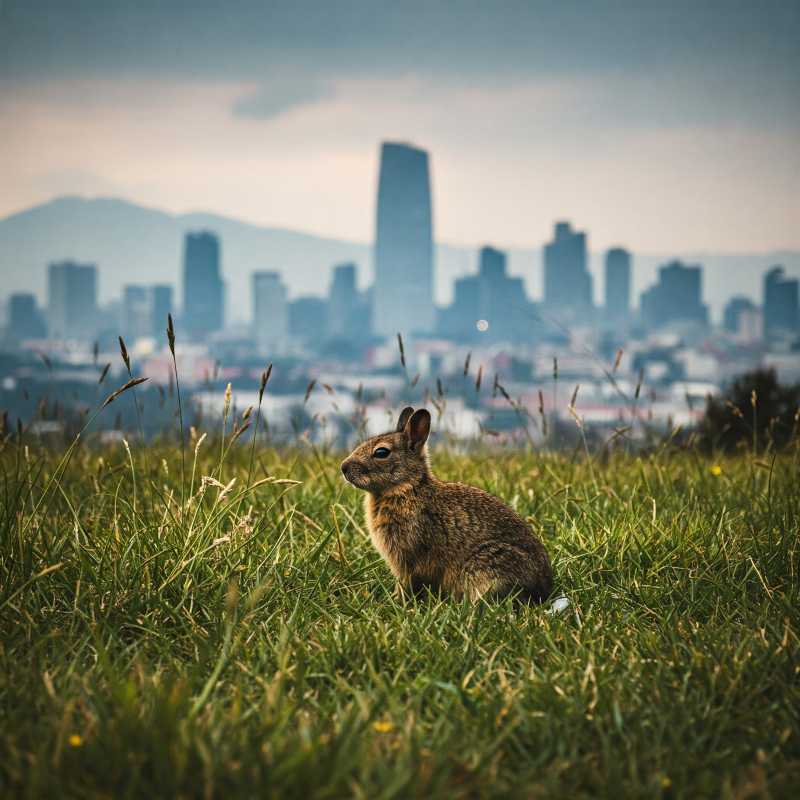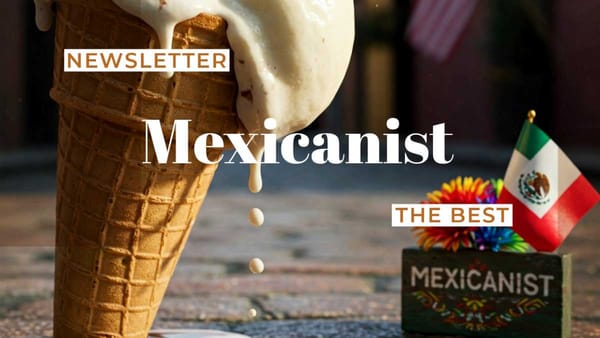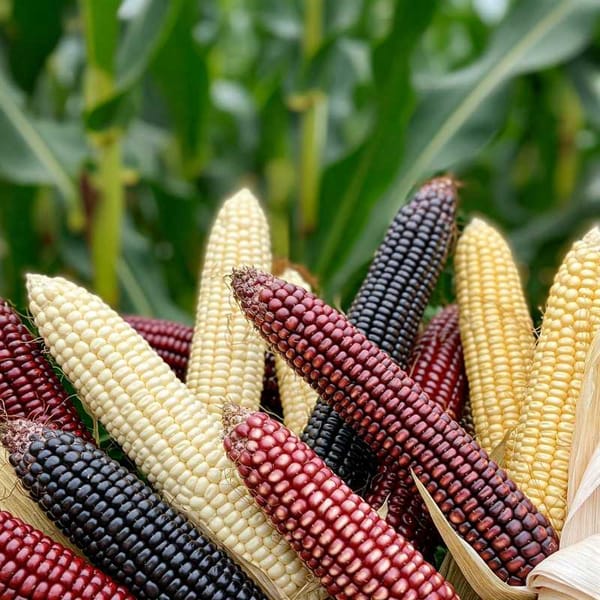Mexico City's Concrete Jungle Conceals Unexpected Biodiversity, Now Under Siege
Mexico City's surprisingly diverse wildlife (axolotl, teporingo, etc.) faces threats from urban sprawl and climate change. Habitat fragmentation isolates species. Conservation lands are crucial but shrinking due to unplanned growth.

Amidst the sprawling concrete and ceaseless hum of one of the world's largest urban centers, a surprising array of wildlife struggles to survive. From the elusive cacomixtle and gray fox to the critically endangered axolotl and teporingo (volcano rabbit), a diverse – and often overlooked – ecosystem persists within the Mexican megalopolis, a vast urban sprawl encompassing Mexico City and the surrounding states of Mexico, Querétaro, Hidalgo, Morelos, Puebla, and Tlaxcala.
This juxtaposition of dense urban development and fragile natural habitats presents a unique challenge, and opportunity, for conservation efforts, according to David Alexander Prieto Torres and Pablo César Hernández Romero, professors in the Ecology program at the Iztacala Faculty of Higher Studies, part of the National Autonomous University of Mexico (UNAM).




